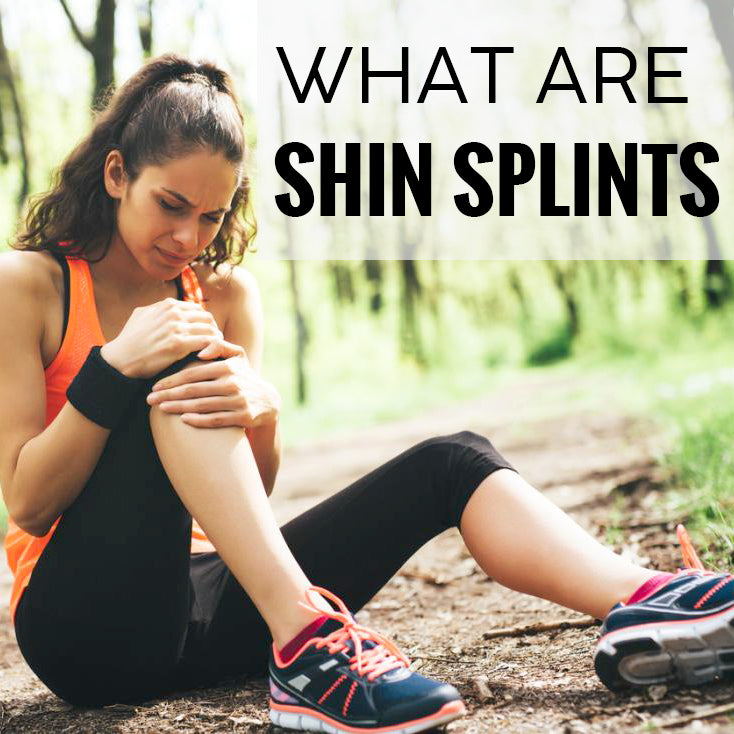How to Treat Shin Splints?

Q: What are Shin Splints?
A: Shin splints are a painful condition that occurs along or just behind the large bone in the lower leg (the tibia).
Q: What causes shin splints?
A: Shin splints are most commonly caused by hard exercise, sports, or repetitive movements. As a result of this repetitive action, the muscles, tendons, and thin layer of tissue covering the shin bones may become inflamed, resulting in pain.
Q: What are the symptoms of shin splints?
A: The following are some of the most common symptoms of shin splints:
Pain on the outside and front of the shin. During running, you feel it as soon as your heel hits the ground. After time, the shin becomes painful to touch and the pain becomes constant. The pain begins on the inside of the lower leg above the ankle. Standing on your toes or rolling your ankle inward will aggravate the pain. Pain will increase as the shin splint progresses.

Q: How are shin splints diagnosed?
A: An evaluation of your medical history and a physical examination are the most common ways in which your healthcare provider can diagnose shin splints. In many cases, X-rays are necessary.
Q: How are shin splints treated?
A: In order to determine the best treatment for you, your healthcare provider will consider the following factors:
- The age of the individual
- An overview of your overall health and medical history
- The severity of your illness
- Your ability to handle specific medications, procedures, or therapies
- Estimated duration of the condition
- The opinion or preference you hold
The best way to treat shin splints is to stop any activity that is causing the pain until the injury has healed. There are other treatment options available, including:
- Exercises that promote stretching
- Exercising to strengthen the muscles
- Wear compression socks
- Wear calf sleeves
- The use of cold packs
- The use of medicines, such as ibuprofen
- A running shoe with a stiff heel and special arch support is recommended

Q: Can shin splints be prevented?
A: Shin splints can be prevented by wearing compression socks or calf sleeves. You should also gradually increase the intensity, duration, and frequency of your exercise routine. Switching between high impact and low impact activities, such as swimming or cycling, may also be beneficial.
